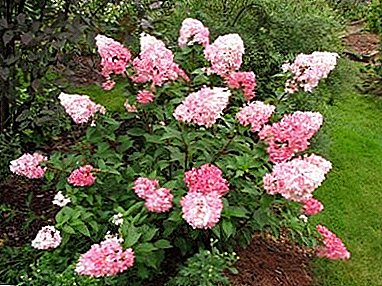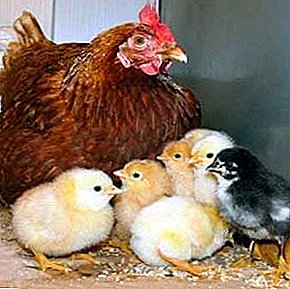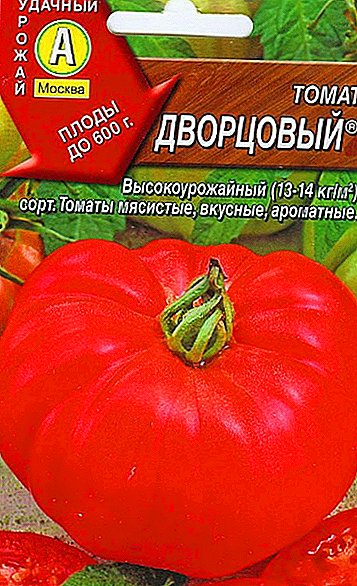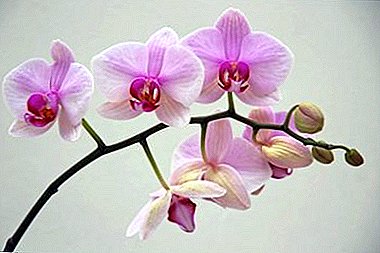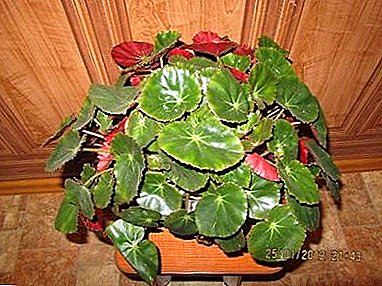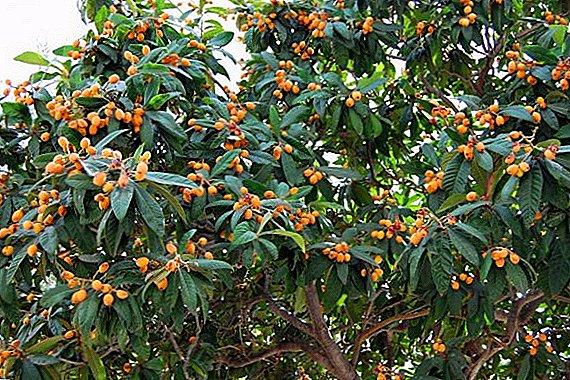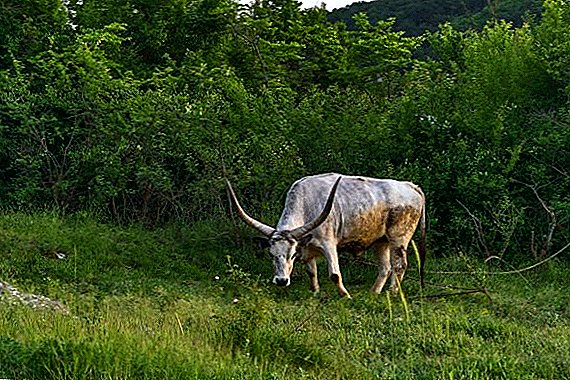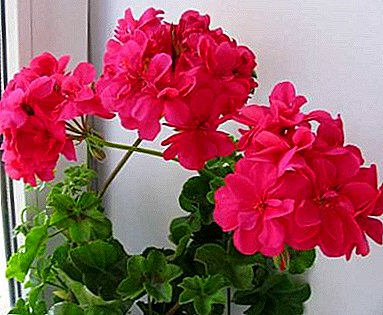
Pelargonium becomes a frequent visitor in the houses of flower growers, amateurs and professionals.
Its species diversity allows everyone to find a variety that will delight in flowering.
One of the most common and popular are pelargonium packs.
They need some care and attention, the details of which we will consider in this article.
Botanical description and history
All Pelargonium packs were bred on the territory of the nursery called Paklocated in Germany. The owners of this botanical species say that the plants regularly and abundantly bloom, despite its compact size, it has quite large buds.
Price
The price varies from 100 rubles per cutting to 800 rubles per adult plant.
Description of appearance, features and photos
The flower has abundant floweringwhich attracts many owners of pelargoniums.
Blossoming varies from light beige to bright red or burgundy.
The leaves have a bright green color, but at the same time there are not so many of them, since the plant has a fairly compact size, which is valued by many growers.




Medicinal properties
Pelargonium has a number of medicinal properties, is used when:
- headaches;
- otitis media;
- various inflammatory diseases.
You should not use the resulting tincture inside, they are usually rubbed inflamed areas.
Where and how to plant?
Plant in a pot with good drainage, you also need to regularly transplant the plant as it grows in pots with a large diameter.
Lighting and location
If you put it in a shady place, the leaves will dry out and the plant will not bloom regularly. The place where the pot stands should not be in drafts or close to heating devices, this will lead to temperature differences, which the plant suffers quite problematically.
Soil requirements
Pelargonium pak love neutral soilwhich can be purchased in the finished form in a specialty store. Or you can independently prepare it by mixing sand with peat in equal proportions. Land in a pot needs to be updated every three years. Despite the fact that mineral fertilizers are regularly applied, the land is depleted during this time.
How to care?
 In order to care for a plant, the following factors should be considered:
In order to care for a plant, the following factors should be considered:
- Temperature conditions. The most usual temperature is from 18 to 25 degrees. The flower does not like overheating and direct sunlight, which leads to burning of the leaves, their dryness and subsequent fall.
- Watering. It is necessary to water a plant only with settled water or filtered, it is desirable that the water was at room temperature. You need to water the plant as the soil dries out, it is not necessary to pour the flower, as this can lead to root decay. In summer, watering should be more abundant and regular; in winter, it should be reduced, as the flower is hibernating.
- Top dressing. It is necessary to apply mineral fertilizers, which must be alternated with organic fertilizer. In the summer to make dressing costs once a week and a half. In winter, fertilization is reduced to once a month or once a month and a half.
- Humidity. Geranium likes quite humid air, so you can put a container with water next to the plant and spray leaves and blooms regularly.
Common diseases and pests
Common diseases include:
- Yellowing leaves. Leaves turn yellow due to improper care or lack of sunlight. Therefore, it is necessary to change the location of the pot with a flower.
- Yellow spots appear on the leaves.. Most likely the leaves get direct sunlight, which burn the plant. It should be removed in a fairly consecrated place, but with no direct rays.
- Leaves fall. The reason may be the wrong irrigation system, if the plant was flooded, then it is necessary to transplant it and adjust the irrigation regime and the application of mineral fertilizers.
Pests often appearing on pelargonium are:
- Aphid. Appears on the back of the leaves, which begin to twist inside. It is necessary to remove the insect with soapy water, and then process it with a systemic fungicide.
- Mealy Cherven. Appears in the form of white bloom on the leaves, all the bugs need to remove and process the plant with a special tool.
Breeding features
 The plant propagates in several ways:
The plant propagates in several ways:
- Cuttings. It is necessary in the summer season to cut new processes and put them in some time in the water, so that the roots begin to grow. After that, you need to transplant it into the soil, obtained from equal parts of peat and sand.
- Seeds. This method is used quite rarely, as the plant does not preserve specific features. Seeds are planted in the soil, obtained from a mixture of peat and sand, and then planted.
The variety of varieties will allow you to choose a flower, and the right care will allow him to regularly bloom and please the eye of the owner. Regularly make mineral fertilizers, find a suitable place for the pot and the plant will maintain a healthy look and live a long life.




